Why Microdramas Are the Future of Brand Storytelling
Traditional ads shout.
Microdramas whisper.
And people lean in.
For decades, marketing has been about volume… Louder headlines, brighter colours, bigger promises. But the more brands tried to capture attention, the more audiences learned to tune them out.
Today, the rules have changed. People scroll, swipe, and skip faster than ever. They don’t wait for the “big reveal.” They know when they’re being sold to, and they’re not here for it.
Yet here’s the twist: it’s not that people have stopped paying attention. It’s that they’re paying attention differently!
From Selling to Storytelling
Audiences aren’t rejecting content; they’re rejecting disconnection.
They don’t want to be talked at, they want to be taken somewhere.
That’s where microdramas step in.
Microdramas are short form, narrative driven videos that combine the emotional pull of cinema with the on the go nature of social media. They’re typically under three minutes long, sometimes under one! Yet they can deliver the same intensity, tone, and storytelling arc as a full length film.
Think of them as the perfect middle ground between TikTok and television. They’re crafted with intention, driven by emotion, and built to be scrolled.
Why Microdramas Work
We’ve learned that stories under three minutes don’t just capture attention, they hold it.
Studies show short form video enjoys nearly twice the completion rate of traditional advertising. That means more people watching to the end and more chances to leave an emotional imprint.
But the power of microdramas isn’t just in their length. It’s in their language.
They speak the way people now consume stories: fast, visual, emotional, and personal.
Unlike traditional ads, which rely on slogans and sales points, microdramas invite curiosity. They make viewers feel before they even realise they’re engaging with a brand.
A glance. A beat. A look that says everything.
That’s where the magic happens.
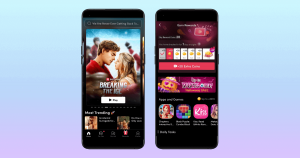
Moments That Feel Real
Scroll through your feed and you’ll notice something: the content that stops you isn’t the one with the loudest graphics or biggest production budget. It’s the one that feels true.
A mother packing up her first home.
Two friends sitting in a car, too nervous to say goodbye.
A quiet moment of failure, followed by one of grace.
When brands dare to tell human stories, not product stories, they connect in a way that traditional advertising never could.
And when those stories are short, sharp, and emotionally resonant, they become microdramas! Cinematic emotion in bite sized form.
They don’t ask for attention.
They earn it.
From Brand Awareness to Cultural Relevance
The brands that master microdrama today won’t just sell products, they’ll shape culture.
Think about the campaigns that truly stay with people, like John Lewis at Christmas. They don’t feel like ads at all; they feel like moments from real life, captured and shared.
Giants like Nike, Apple, and Dove have long understood this but now, new brands are taking it further, translating cinematic storytelling into mobile first formats. The result? 15–90 seconds that feel like a film, yet fit perfectly within the pace of modern life.
Microdramas can exist across platforms, from TikTok to YouTube Shorts to vertical streaming channels. They can tell self contained stories or unfold as episodic journeys. And each one builds not just visibility, but intimacy.
Because in the end, the most powerful form of marketing isn’t persuasion, it’s empathy.

A New Kind of Attention
So maybe attention spans aren’t shrinking after all.
Maybe they’re evolving.
In a world overflowing with content, audiences have simply become more selective. They’re not impatient, they’re efficient. They can spot authenticity in seconds, and they can sense manipulation just as quickly.
Microdramas thrive in that landscape. They deliver emotion quickly, truthfully, and beautifully in a way that respects the viewer’s time and intelligence.
It’s storytelling that fits the speed of modern life without losing its soul.
Traditional ads are a monologue.
Microdramas are a conversation.
They whisper, they linger, and they invite you to feel something real, even if it’s only for a moment.
And in that moment, connection happens.
That’s why we believe the brands that embrace microdramas today will lead the cultural conversation tomorrow. Not because they shout the loudest, but because they understand what it means to speak softly and be heard.
What do you think?
Are attention spans really shrinking, or are we simply learning to listen differently? Let us know!







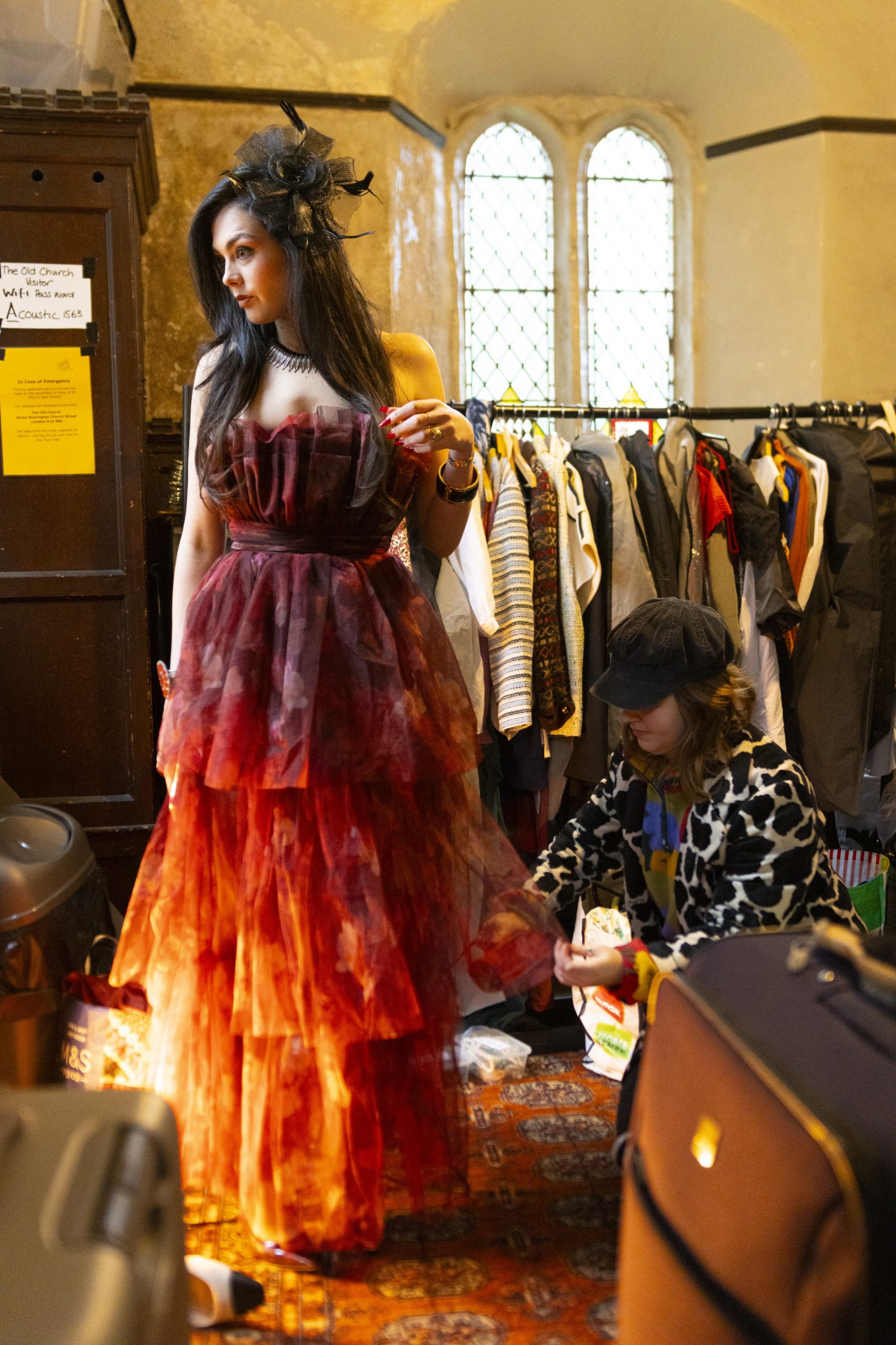



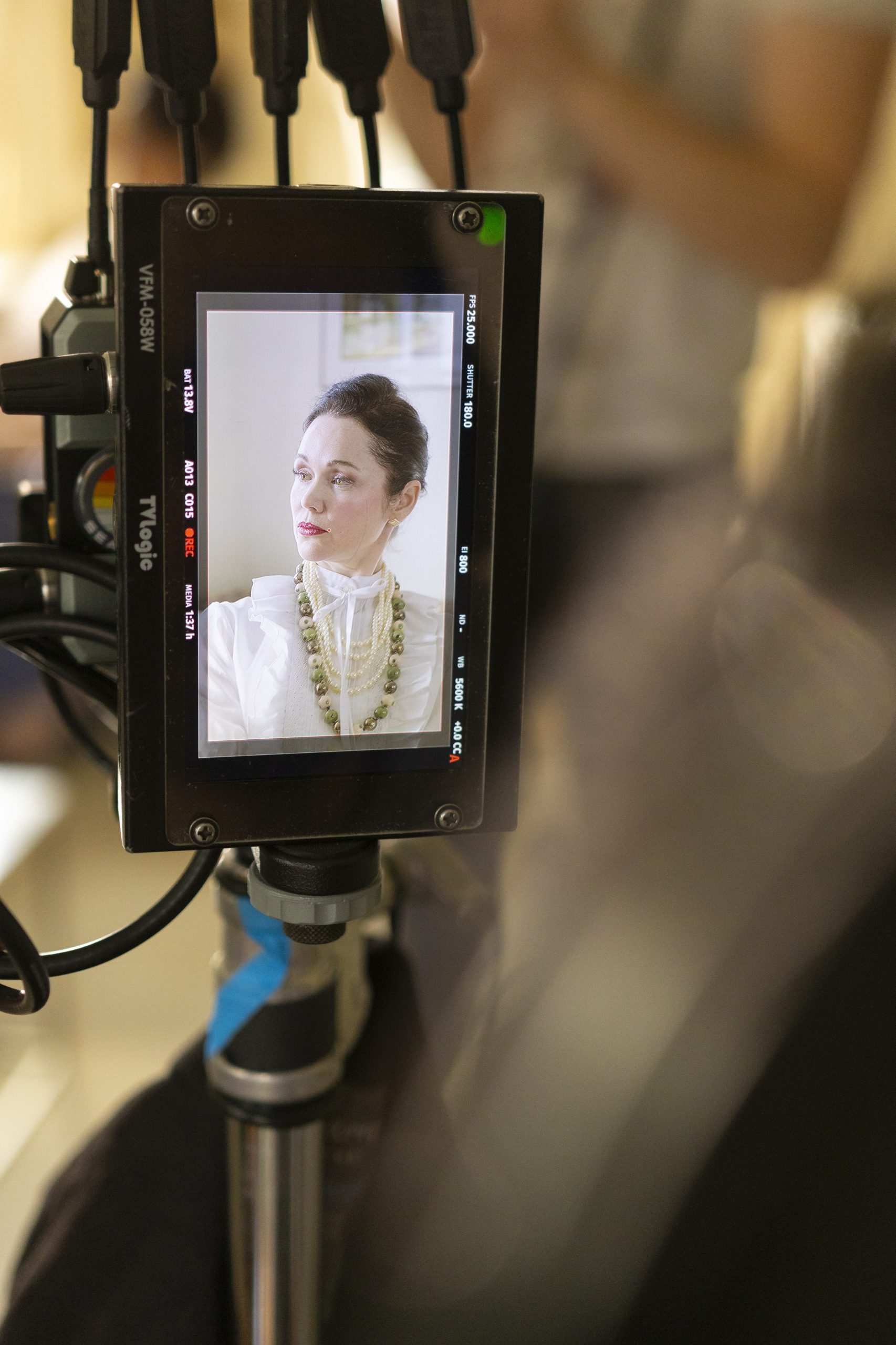

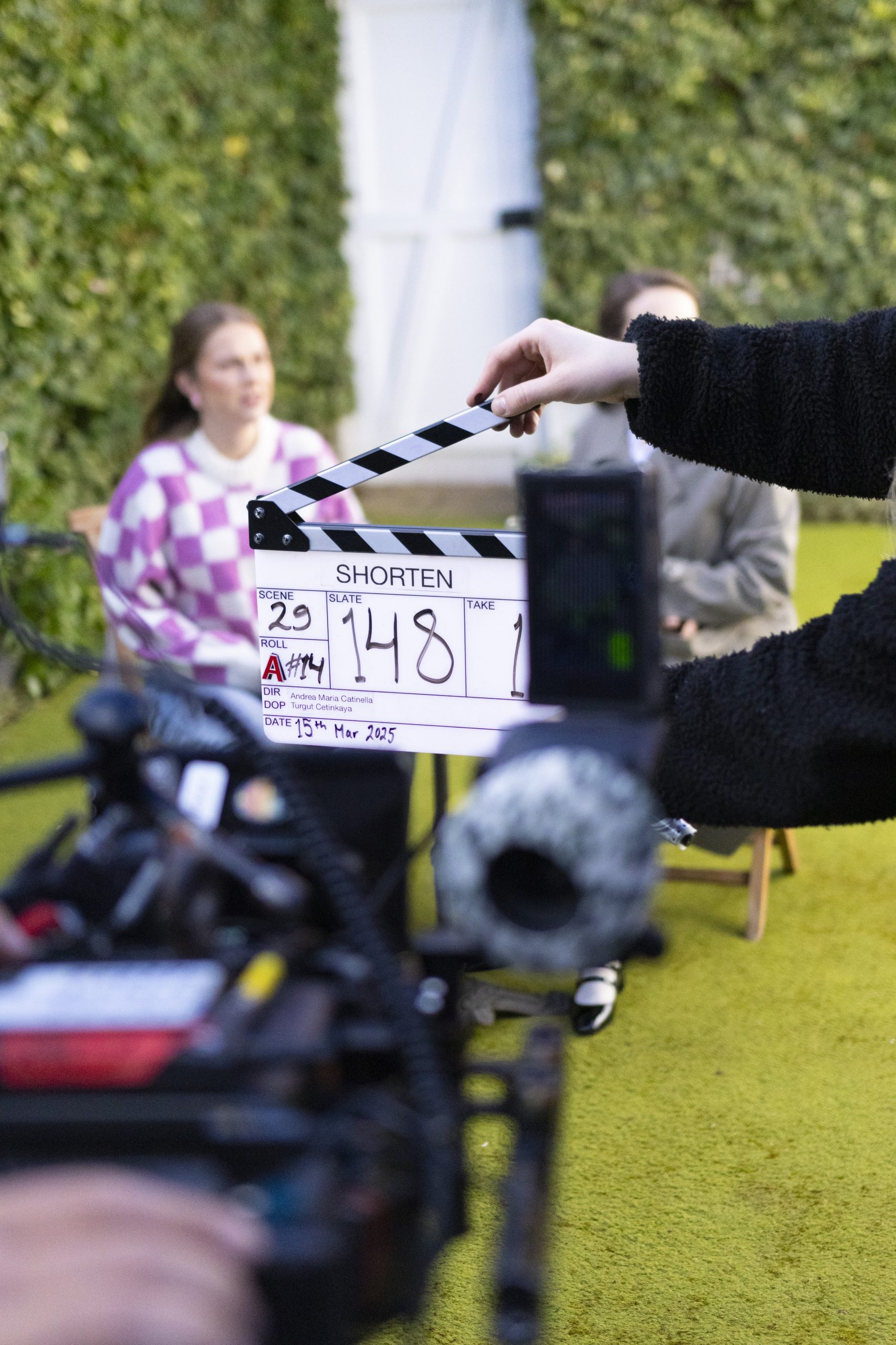



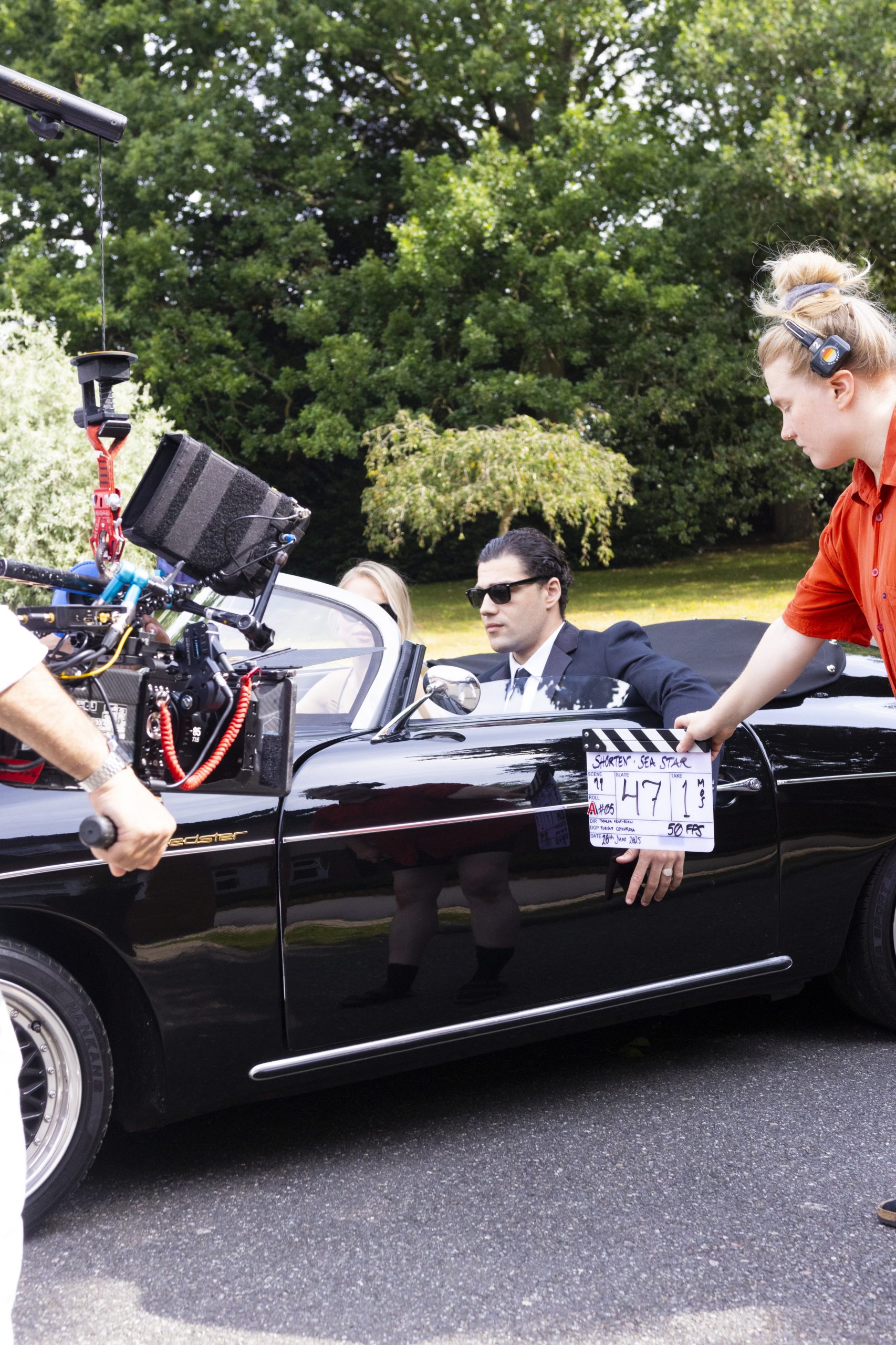
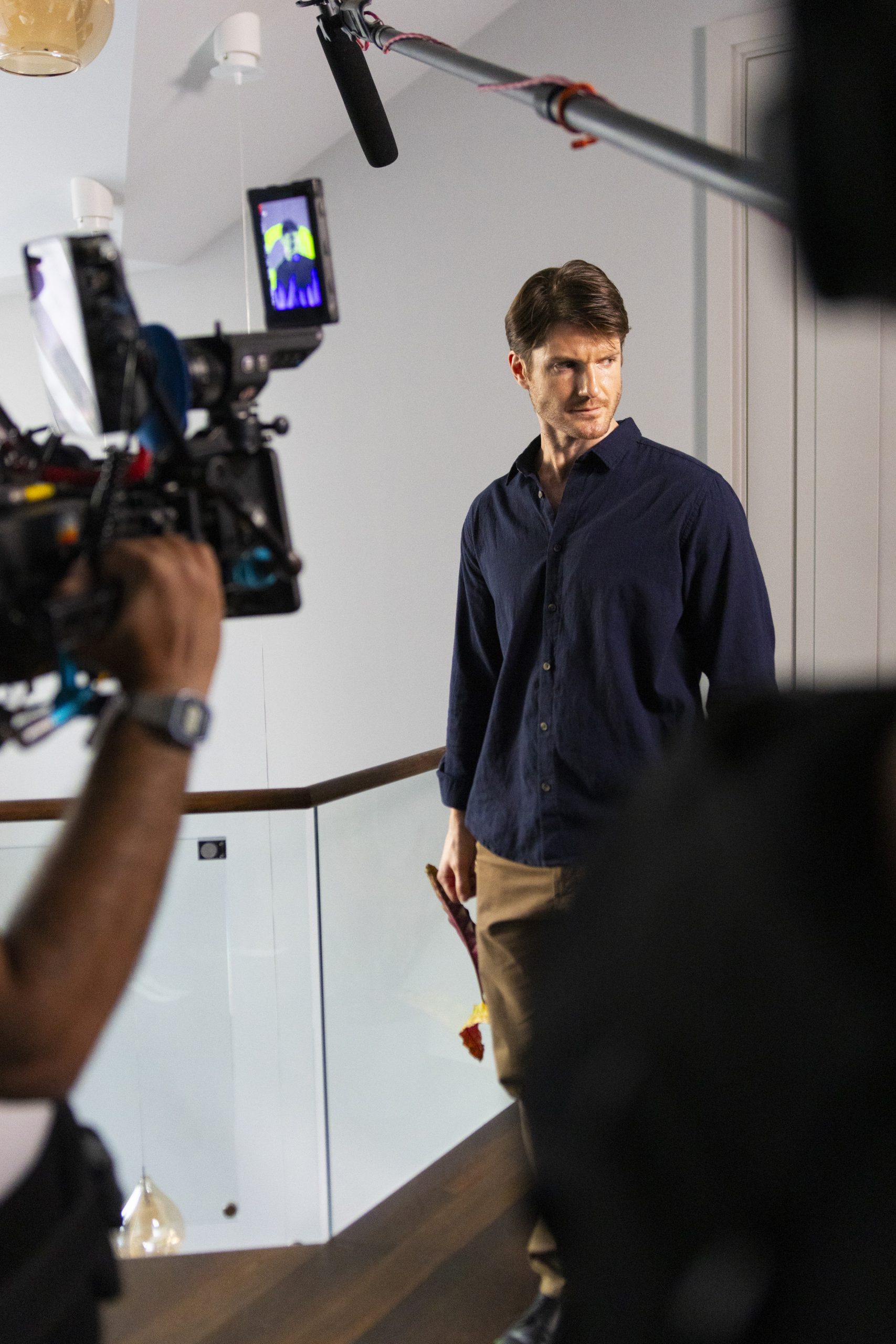


Leave A Comment